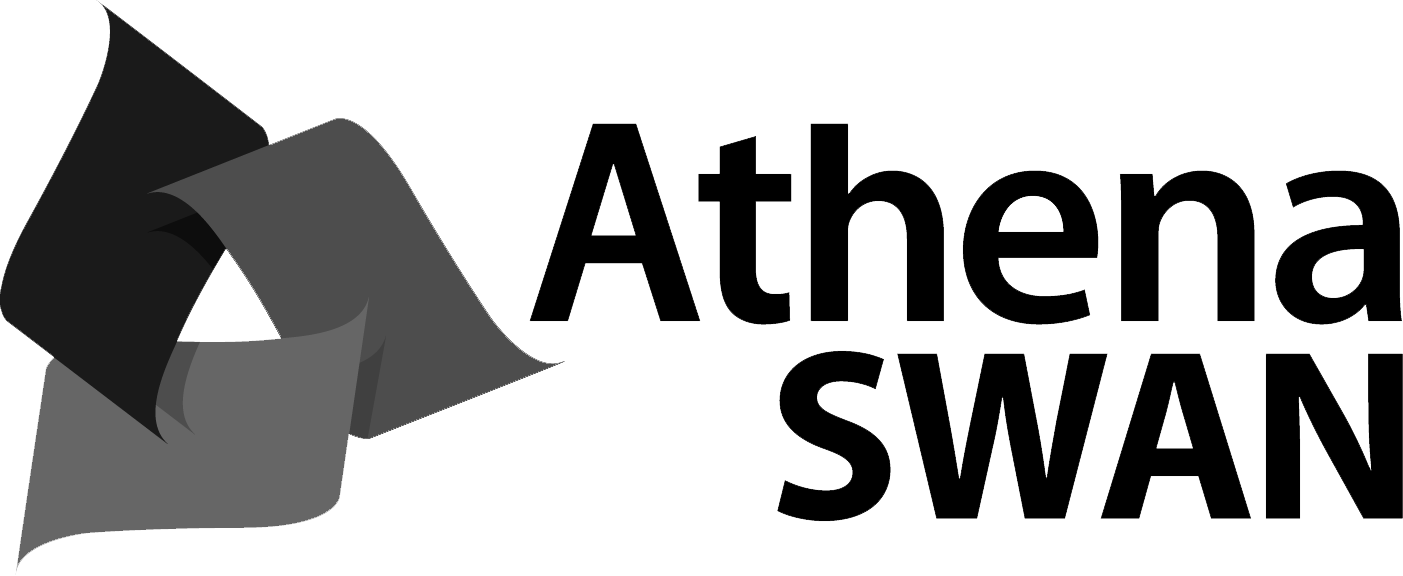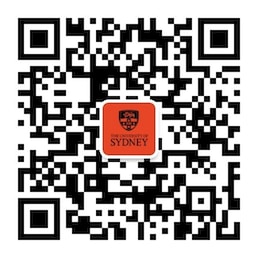This unit of study extends student undergraduate knowledge of functional musculoskeletal anatomy by applying functional anatomy principles to the prescription and analysis of exercise. It integrates principles of anatomical analysis of exercise with pathoanatomy, biomechanics, and research findings to address clinical musculoskeletal conditions. This unit will emphasise anatomical and clinical reasoning, and application of research findings in human movement analysis and exercise prescription.
Unit details and rules
| Academic unit | Department of Medical Sciences |
|---|---|
| Credit points | 6 |
| Prerequisites
?
|
BIOS1168 and BIOS1169 and PHTY3081 and PHTY4221 |
| Corequisites
?
|
PHTY4225 |
|
Prohibitions
?
|
BIOS3065 |
| Assumed knowledge
?
|
None |
| Available to study abroad and exchange students | Yes |
Teaching staff
| Coordinator | Joanna Diong, joanna.diong@sydney.edu.au |
|---|





